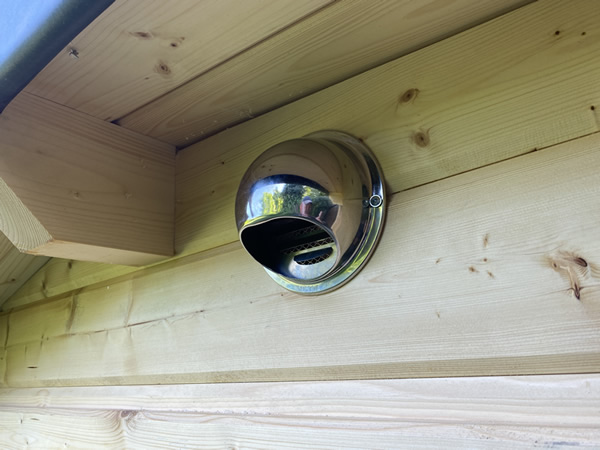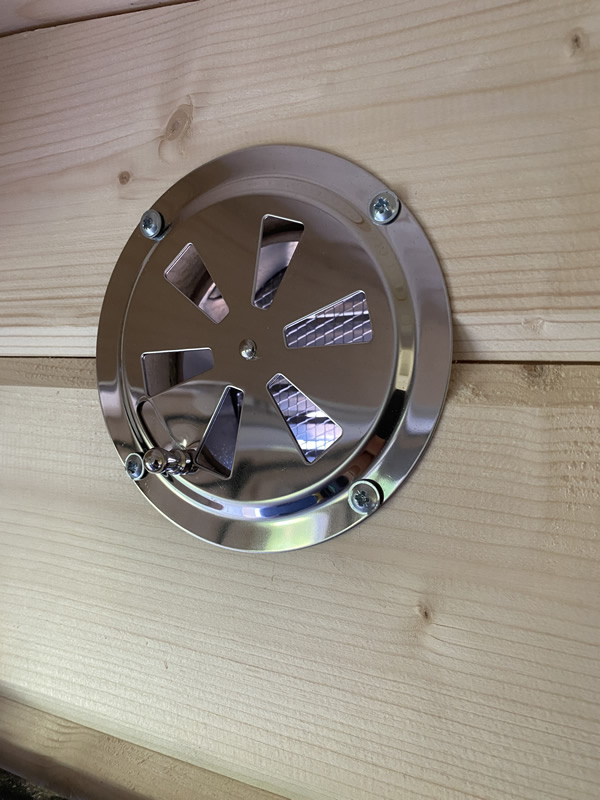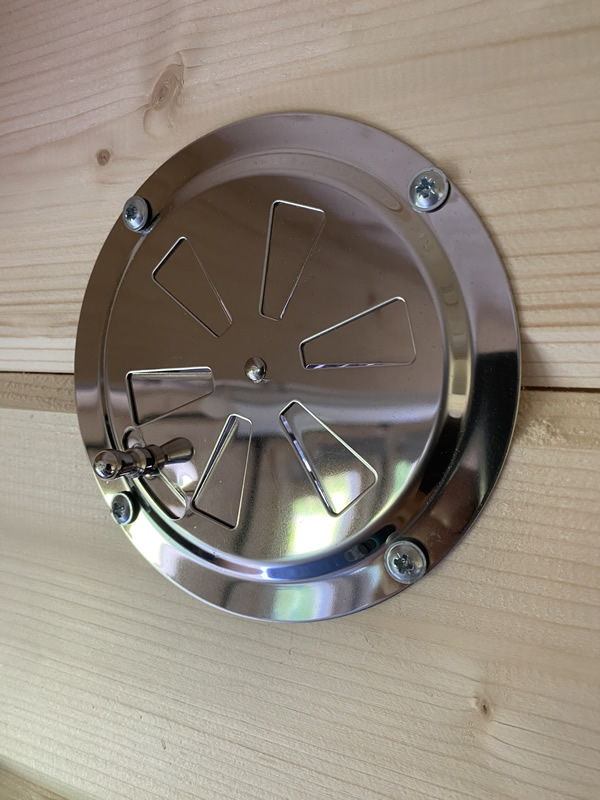Cabin Ventilation
How important is it to keep your cabin ventilated ?
In short, VERY !
Condensation can form in a cabin when warm, moist air comes into contact with cooler surfaces, causing the moisture in the air to condense into water droplets. It is most often found on single glazed glass, poor quality double glazing and in the corners of a cabin.
How condensation can form in a cabin:
- Moisture Source: Moisture can enter the cabin through various sources such as human respiration, cooking, bathing, or even wet clothing. These activities release water vapour into the air, increasing its humidity.
- Warm, Moist Air: The presence of warm air inside the cabin allows it to hold more moisture. Warm air has a higher capacity to hold water vapour compared to cooler air.
- Cooling Surfaces: When the warm, moist air comes into contact with cooler surfaces such as windows, walls, or objects, the temperature of the air near those surfaces decreases. As a result, the air loses its ability to hold all the moisture it carries, leading to condensation.
So, you now know why condensation will form (and ultimately allow the growth of mould on those surfaces) how can you minimise this from happening ?
- Ventilation: Proper ventilation helps to remove moist air from the cabin and allows fresh air to circulate. Opening windows or using exhaust fans can help reduce humidity levels.
- Temperature Control: Maintaining a consistent and comfortable temperature inside the cabin can prevent significant temperature differences between the air and surfaces, reducing the likelihood of condensation.
- Insulation: Proper insulation of the cabin can help prevent temperature variations between the inside and outside. Good quality double glazed doors and windows and insulation to under floor and roof can reduce the chance of surfaces becoming cool enough to cause condensation.
- Dehumidification: Using dehumidifiers can help reduce excess moisture in the air by extracting water vapour from the cabin.
The easy fix is to add air vents to the cabin. These come in all shapes, sizes and prices.
The cheapest option but maintaining a clean look to your cabin are these plastic inserts :
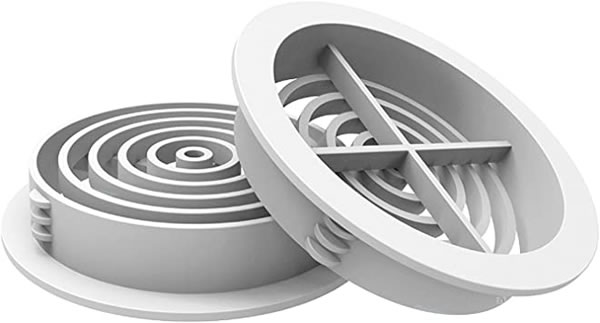
You will need to cut a hole in the wall at a convenient location - choose the correct hole cutter to match the size of the vent and push into position.
A recent customer has shared the following vent covers. These are a definite upgrade to the plastic option above. They have the ability to be opened and closed from within your cabin.
Manufactured from 304 stainless steel these units have a quality finish and include a fine mesh to prevent insects from gaining access to your cabin.
For info, our customer purchased these from Amazon - https://www.amazon.co.uk/dp/B0B79C436R?th=1
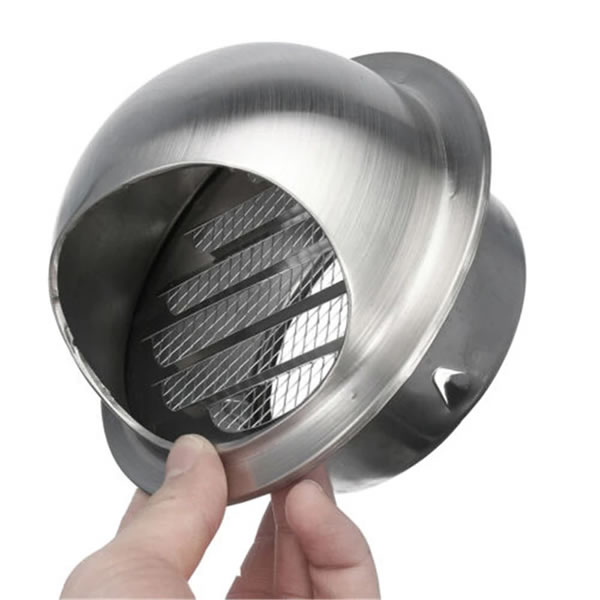
The internal cover is sold as a separate item, again available from Amazon - https://www.amazon.co.uk/dp/B0948XYS47
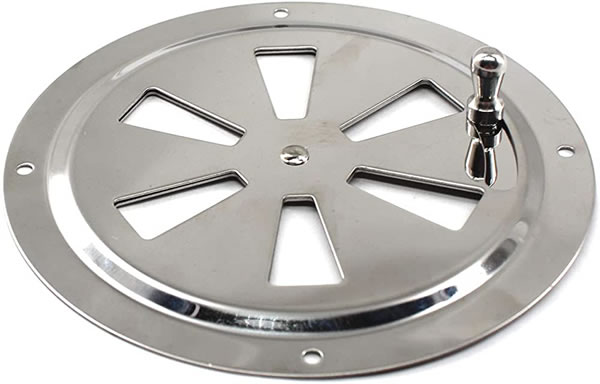
There are plenty of other options that will allow you to provide good ventilation to your cabin - if you want to avoid the risk of mould growth due to high moisture levels (condensation) you should consider the various ventilation options available.
